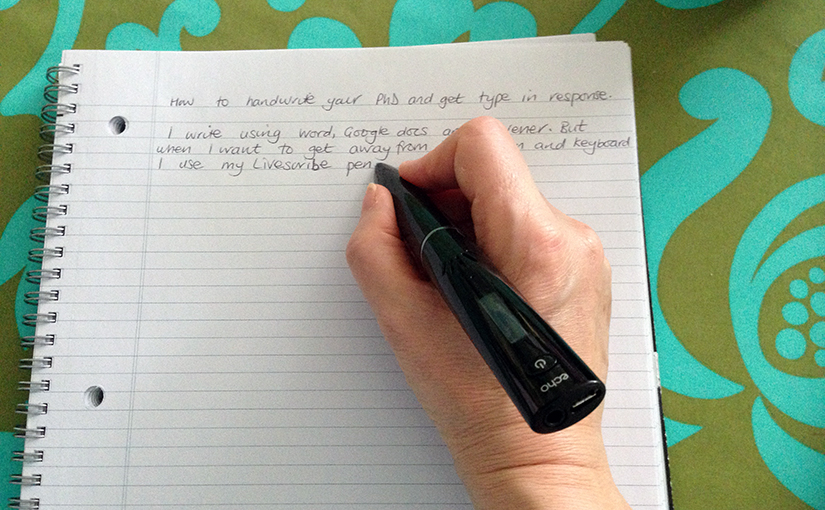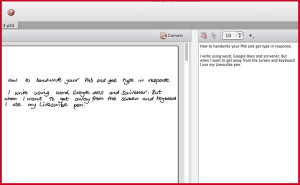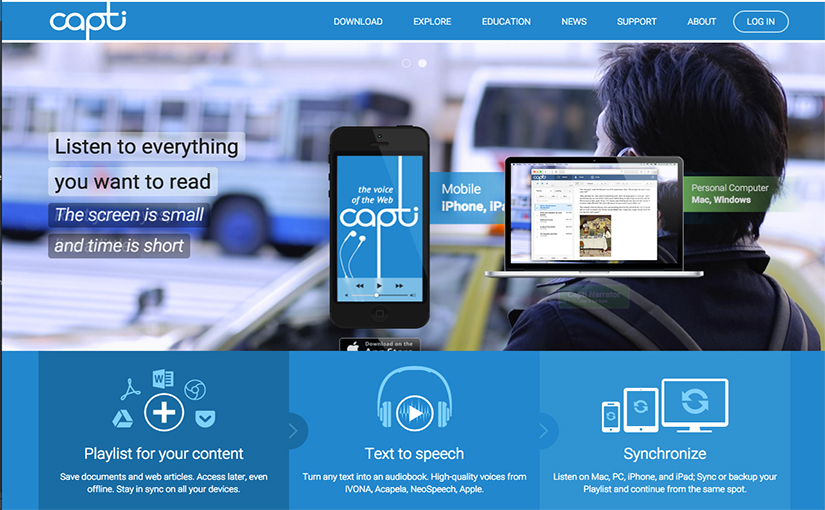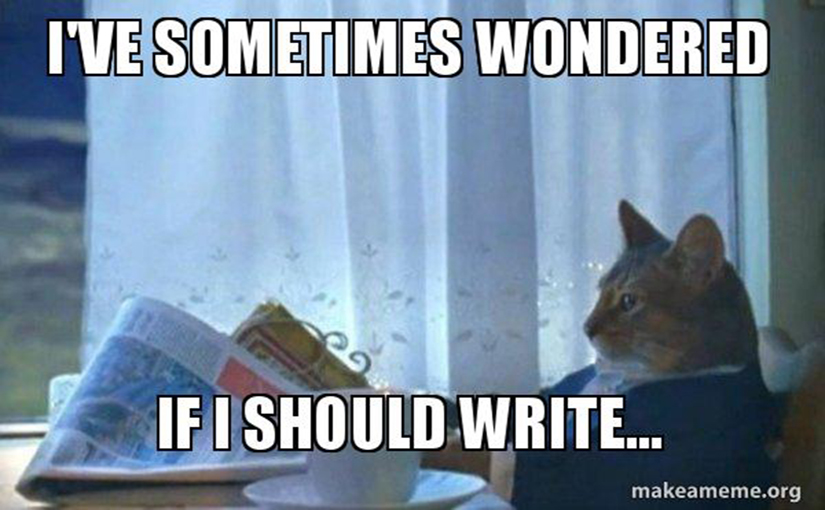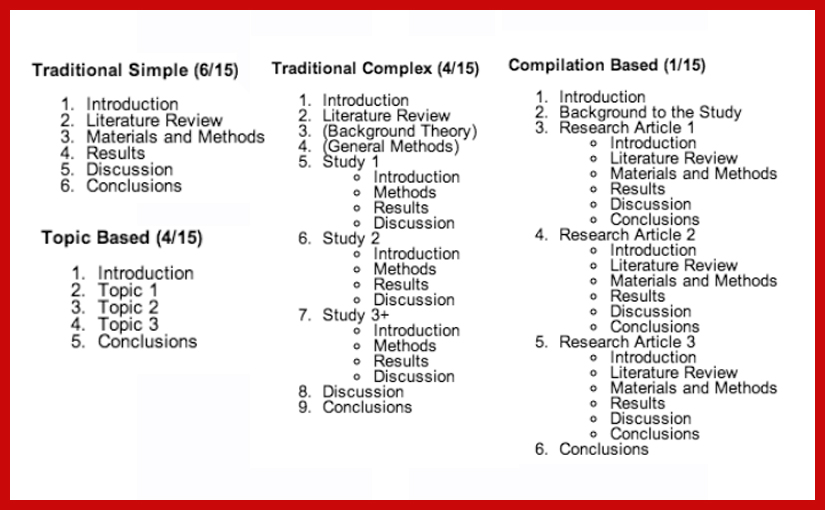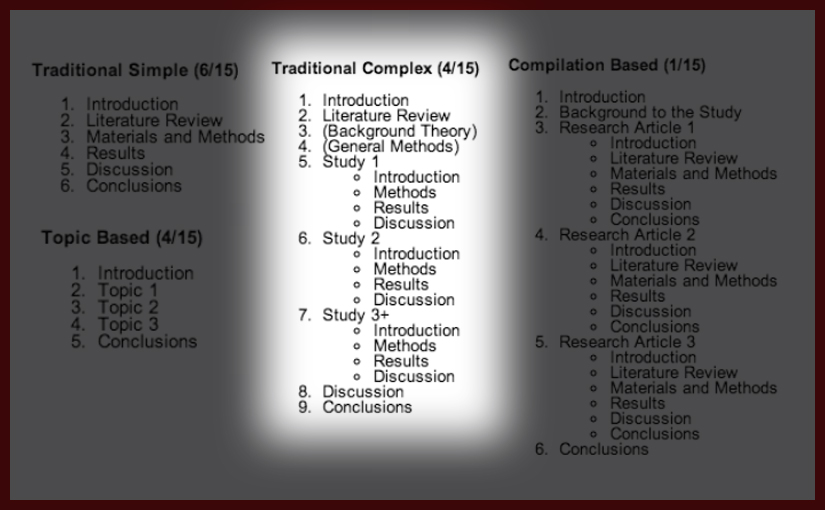Listed here are some useful sites for you to use when doing a job search. Keep a document that has all your online profiles as a series of links (LinkedIn, Academic.edu, ResearchGate etc.), then each time you need to update your CV you can click through to them quickly.
The academic job search is often a long drawn out process, the non academic job search can move along much more quickly. Get familiar with how different countries and professions move the job application process through to completion. For example, in the US academic job market there is a clear annual cycle with most jobs advertised September-December for July and August start dates the next year. US academic interviews can be spread out over months. By contrast in the UK jobs come up all through the year and you might get offered a job within hours of the interview.
General
Set up your LinkedIn profile. This is used extensively by recruitment agencies searching for potential people on behalf of companies and institutions of all types, including universities. Add your CV and other info. Keep your profile up to date. Every time you update, for example by adding to or updating your CV, your LinkedIn contacts are informed.
Sign up to Google+ and get your profile there set up.
Non academic
Check the links in the Non-Academic Career Resources section of the Academic Jobs Wiki.
Academic
Set up your Academia.edu, ResearchGate and HigherEd pages. Add papers and keep your profile up to date by replacing your CV with a new one every time you have a paper of conference presentation entry added to your CV.
Chronicle of Higher Education. US based, also lists Canadian and some European jobs. You can set up a search and get automatic notifications.
Jobs.ac.uk for the biggest selection of UK based academic jobs
Computeroxy. International. Academic audience of more than 320,000 professors, lecturers, researchers and academic managers who are presently employed in the highest-ranking schools of computer, electrical and mathematical sciences and engineering worldwide. Sign up for free listings.
Academic Jobs Wiki.
Keep track of those academic jobs you’ve applied for by using, and contributing to, the Academic Jobs Wiki. So, if you’ve applied for a job and you know the interviews are at telephone stage edit the wiki entry for that particular job, for example.
For a longer view that looks back over the past few years of US academic jobs in anthropology, communications and media studies, ecology, economics, English literature, history, mathematics, musicology, philosophy, psychology, and religious studies, take a look at Vitae’s JobTracker. No STEM jobs tracked yet…
Art Opportunities listings
They come in all sorts of shapes and sizes. Keep sending your projects in to get your works shown as widely as possible. Here are some of the ones I use regularly:
Postdocs
Check these
Academic Jobs Wiki.
By looking at this page you can see forthcoming deadlines (bottom of page) and track back to find those posted Post Doc fellowships.
Happy hunting!




